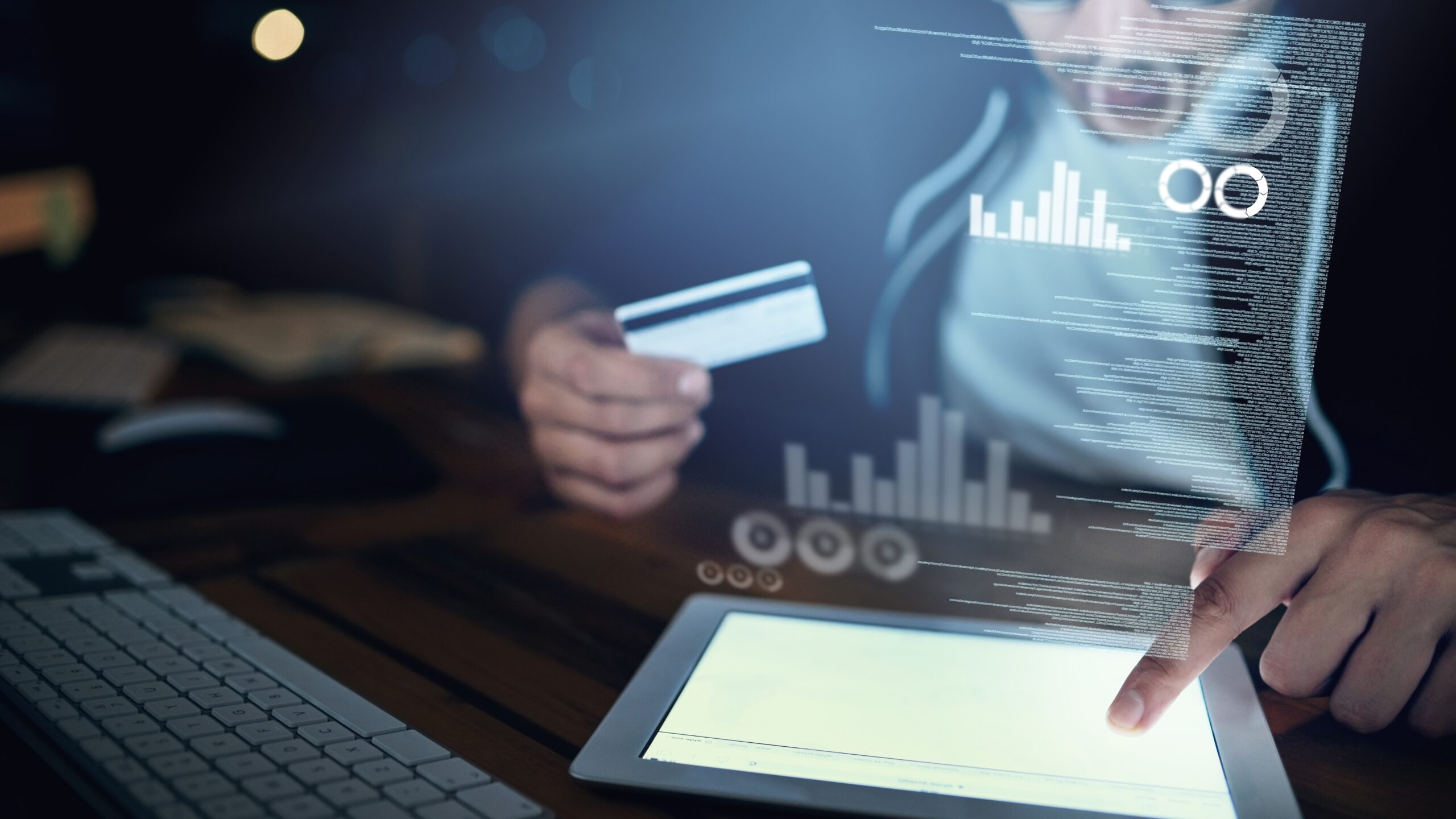The Rise of Credit Card Fraud: Understanding the Latest Scams and Techniques

Introduction Credit card fraud has become a global issue that affects millions of people each year. With the rise of technology and the convenience of online shopping, it has become easier for criminals to steal sensitive information and use it to make unauthorized purchases. In this article, we will explore the latest scams and techniques used by fraudsters to obtain credit card information, and what you can do to protect yourself.
The Latest Scams and Techniques
- Phishing Scams Phishing scams involve fraudsters sending emails or text messages to victims, posing as a legitimate company or organization, to trick them into providing their personal and financial information. These messages often contain a link to a fake website that looks like the real thing, where the victim is asked to enter their credit card details. Once the information is entered, the fraudsters use it to make unauthorized purchases.
- Skimming Skimming is a technique where criminals install a device on an ATM or a point-of-sale terminal to steal credit card information. The device is designed to look like a regular card reader, but it is actually a device that reads the magnetic stripe on the card, allowing the fraudster to create a counterfeit card with the stolen information.
- Malware Attacks Malware attacks involve fraudsters installing malicious software on a victim’s computer or mobile device to gain access to their credit card information. This can happen when a victim clicks on a link or downloads a file that contains the malware. Once the malware is installed, the fraudster can track the victim’s keystrokes, steal login information, and access credit card details.
- E-commerce Fraud E-commerce fraud occurs when fraudsters use stolen credit card information to make purchases online. This type of fraud is becoming increasingly common, as more people turn to online shopping for convenience. Fraudsters can create fake online stores or use stolen credentials to log in to legitimate online stores to make purchases.
- Social Engineering Social engineering is a technique where fraudsters manipulate people into revealing sensitive information. This can happen through phone calls, emails, or social media messages. Fraudsters may pose as a bank or a credit card company, and ask the victim to confirm their personal and financial information. Once the information is obtained, the fraudsters can use it to make unauthorized purchases.
Protecting Yourself from Credit Card Fraud
- Monitor Your Accounts One of the best ways to protect yourself from credit card fraud is to monitor your accounts regularly. Check your statements and transactions regularly, and report any suspicious activity to your bank or credit card company immediately.
- Use Secure Connections When shopping online or accessing your bank account, make sure you are using a secure connection. Look for the “https” in the URL and the padlock symbol in the address bar to ensure that your information is encrypted.
- Beware of Phishing Scams Be cautious of any emails or text messages that ask for your personal or financial information. Never click on links or download attachments from unknown sources.
- Protect Your Devices Make sure your computer and mobile devices are protected with up-to-date antivirus software and firewalls. Avoid downloading apps or software from untrusted sources.
- Use Strong Passwords Create strong passwords for your accounts, and avoid using the same password for multiple accounts. Consider using a password manager to help you create and manage strong passwords.
Prevention Techniques and Technologies Preventing credit card fraud is a constant battle, and as technology continues to advance, fraudsters are always finding new ways to steal personal information. However, there are also new technologies being developed to help prevent credit card fraud. Here are some prevention techniques and technologies to be aware of:
- EMV Chip Cards EMV chip cards, also known as chip-and-pin cards, have become the standard for credit and debit cards in many countries. These cards use a microchip to store and protect information, making it more difficult for fraudsters to skim information from the magnetic stripe. When used with a pin, EMV cards provide an additional layer of security.
- Two-Factor Authentication Two-factor authentication is an extra layer of security that requires a user to provide two forms of identification to access an account. This can include a password and a security token or a biometric identifier such as a fingerprint or face recognition. Two-factor authentication makes it more difficult for fraudsters to gain access to an account, even if they have obtained a user’s login credentials.
- Tokenization Tokenization is a technique that replaces sensitive information, such as credit card numbers, with a unique identifier called a token. The token can be used to process transactions, but it does not reveal any sensitive information, making it more secure than storing the actual credit card number.
- Machine Learning and Artificial Intelligence Machine learning and artificial intelligence are being used to analyze large amounts of data to detect patterns and anomalies that may indicate fraudulent activity. This technology can identify potential fraud in real-time, allowing financial institutions to take action quickly to prevent losses.
- Biometric Authentication Biometric authentication uses unique physical characteristics, such as fingerprints or facial recognition, to verify a user’s identity. This technology is becoming increasingly popular as a way to prevent fraud, as it is difficult for fraudsters to replicate these physical characteristics.
Impact of Credit Card Fraud on Consumers and Businesses The impact of credit card fraud can be significant for both consumers and businesses. For consumers, credit card fraud can result in unauthorized charges, damaged credit scores, and even identity theft. The process of disputing fraudulent charges and recovering lost funds can be time-consuming and stressful. In some cases, victims of credit card fraud may have to pay for charges that they did not make, leading to financial hardship.
For businesses, credit card fraud can result in lost revenue, chargeback fees, and damage to their reputation. Businesses that are found to be negligent in protecting customer information can also face legal consequences, including fines and lawsuits. Additionally, the cost of implementing fraud prevention measures can be significant, especially for small businesses.
Preventing Credit Card Fraud While there is no foolproof way to prevent credit card fraud, there are steps that consumers and businesses can take to reduce their risk. Some of the best practices for preventing credit card fraud include:
- Monitoring Accounts Regularly One of the most important steps that consumers and businesses can take is to monitor their accounts regularly. This includes reviewing account statements, transaction history, and credit reports for any unauthorized activity.
- Using Secure Connections When making online purchases, it is important to use a secure connection. This means using a secure website (look for the lock icon in the URL bar), avoiding public Wi-Fi networks, and using a virtual private network (VPN) when necessary.
- Being Cautious of Phishing Scams Phishing scams are a common tactic used by fraudsters to obtain personal and financial information. Consumers and businesses should be cautious of emails, phone calls, and text messages that request personal information or appear to be from a legitimate source.
- Keeping Software Up-to-Date Keeping software and security systems up-to-date is important for preventing credit card fraud. This includes updating antivirus software, using firewalls, and installing the latest security patches for operating systems and applications.
- Using Strong Passwords and Two-Factor Authentication Using strong passwords and two-factor authentication can help to prevent unauthorized access to accounts. Consumers and businesses should use complex passwords that include a combination of upper and lowercase letters, numbers, and symbols, and should avoid using the same password for multiple accounts.






